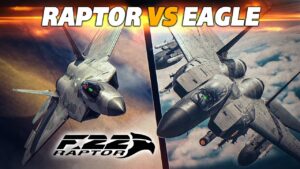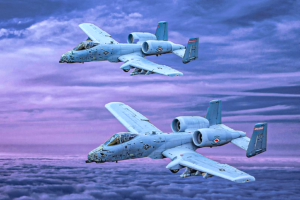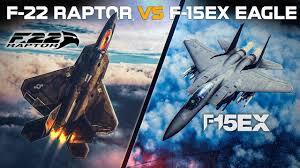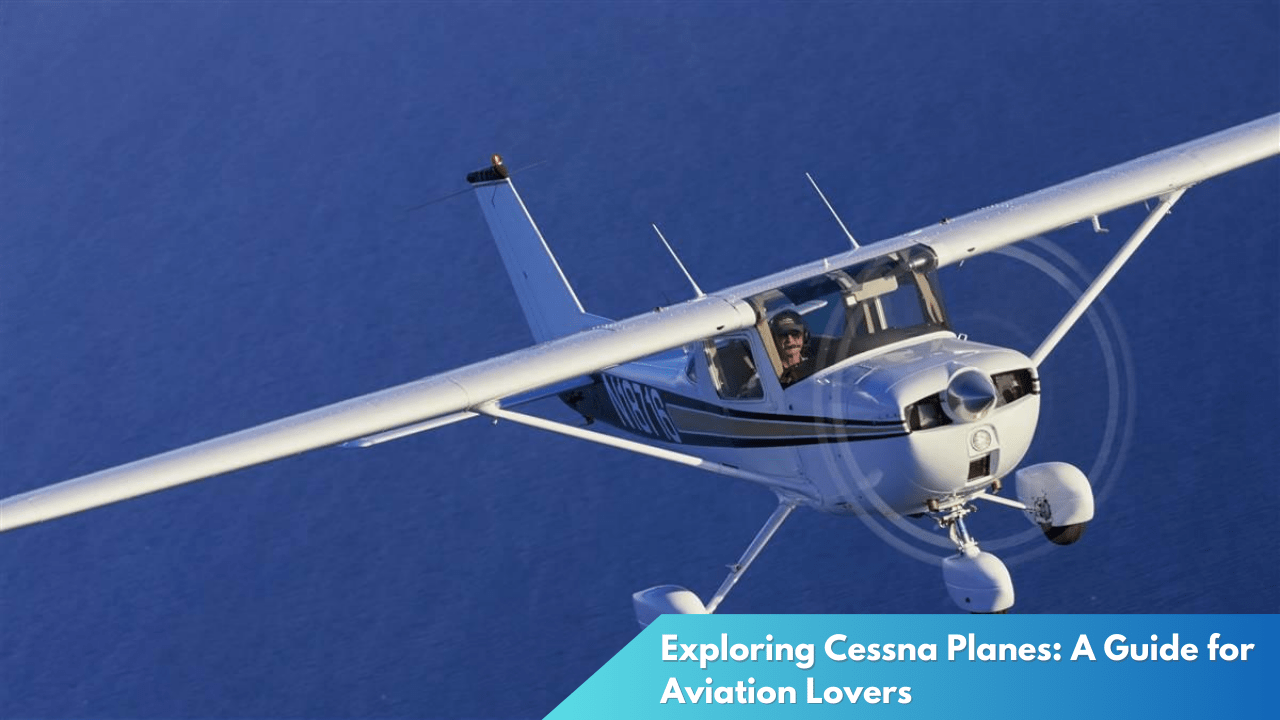F-22 Raptor vs F-15EX Eagle II: A Fighter Showdown
In the realm of modern air combat, few aircraft capture the imagination and attention of military enthusiasts quite like the F-22 Raptor and the F-15EX Eagle II. Each fighter represents a pinnacle of advanced technology, blending cutting-edge design with formidable combat capabilities. As the U.S. Air Force continues to utilize both, comparisons naturally arise to determine which aircraft holds the upper hand in an aerial showdown. This article delves into a comprehensive analysis, examining the performance, technology, and strategic roles of these two titans of the sky.
F-22 Raptor vs F-15EX Eagle II: A Fighter Showdown

The F-22 Raptor, developed by Lockheed Martin, has long been heralded as the crown jewel of fifth-generation fighter jets. With its debut in the mid-2000s, the Raptor introduced capabilities that set a new standard in air superiority. Its stealth design minimizes radar cross-section, allowing it to operate undetected by enemy defenses. Meanwhile, the F-15EX Eagle II, an advanced iteration of the legacy F-15 platform by Boeing, brings a blend of modern avionics and weaponry to a proven airframe. The Eagle II is designed to complement newer fifth-generation fighters like the F-22 and F-35, offering a unique balance of performance and payload capacity.
On the battlefield, the F-22 excels in air dominance missions due to its superior agility, advanced avionics, and stealth features. It is equipped with a sophisticated sensor suite that provides unmatched situational awareness, enabling pilots to engage adversaries before being detected. Conversely, the F-15EX, though lacking in stealth compared to the F-22, boasts a higher payload capacity and versatility. It can carry a broader array of weapons, including hypersonic missiles, which positions it as a formidable multirole fighter capable of engaging both air and ground targets effectively.
The operational philosophy for these aircraft also differs significantly. The F-22 is primarily tasked with securing airspace and establishing air superiority against peer threats. Its stealth and first-look, first-kill capability make it the go-to choice for highly contested environments. In contrast, the F-15EX serves as a strategic workhorse, leveraging its larger payload and range to support various mission sets. While not as stealthy, its advanced electronic warfare systems and increased operational flexibility make it invaluable for extended campaigns and support roles.
Comparing Performance, Technology, and Strategy

Performance-wise, the F-22’s twin-engine configuration and thrust vectoring provide unparalleled maneuverability and speed. It can achieve speeds exceeding Mach 2, and its supercruise capability allows sustained supersonic flight without afterburners. The F-15EX, while not matching the F-22’s stealth or supercruise abilities, offers exceptional speed and climb rates, benefiting from powerful engines and an aerodynamic design honed over decades of service. Its performance metrics, while less stealth-oriented, ensure it remains a formidable adversary in any combat scenario.
In terms of technology, the F-22 incorporates advanced materials and coatings that contribute to its low observability. Its avionics suite features the AN/APG-77 radar with unparalleled detection range and tracking capabilities, allowing it to engage targets at long distances. The F-15EX, though equipped with modern radar and electronic systems, prioritizes sensor integration and open architecture to facilitate upgrades and adaptability. This approach ensures the Eagle II remains relevant as new technologies emerge, providing a long-term strategic advantage.
Strategically, the deployment of F-22 and F-15EX fighters reflects differing priorities for the U.S. Air Force. The F-22 is primarily reserved for high-threat environments where its stealth and air dominance capabilities are crucial. Its limited production numbers underscore its specialized role. The F-15EX, however, is expected to be more widely deployed, performing a range of missions with its multirole capabilities and interoperability with other aircraft. By leveraging the strengths of both fighters, the Air Force optimizes its combat effectiveness across a spectrum of operational theaters.
In conclusion, the F-22 Raptor and F-15EX Eagle II are both exemplary aircraft, each with distinct roles and advantages in the modern battlefield. The Raptor’s stealth and agility make it a master of air dominance, while the Eagle II’s versatility and firepower provide extensive mission support. Rather than a binary choice, the U.S. Air Force’s strategy involves deploying these aircraft in complementary roles to maximize their collective capabilities. As technological advancements continue to evolve, both fighters are set to remain integral to air combat operations, ensuring the U.S. maintains superiority in the skies for years to come.



